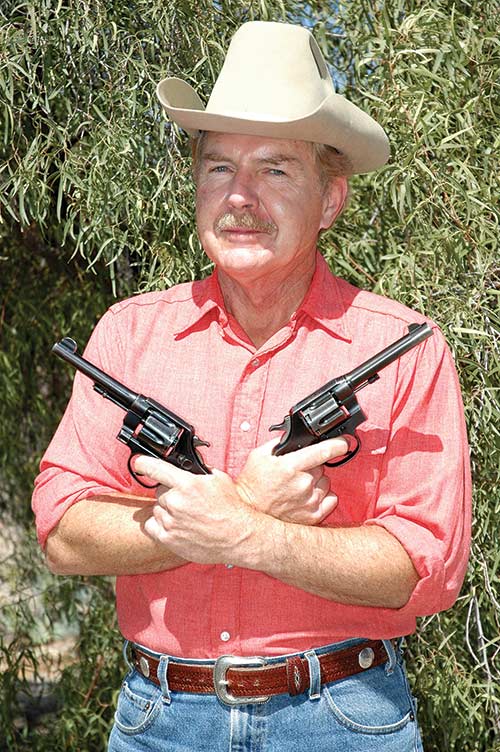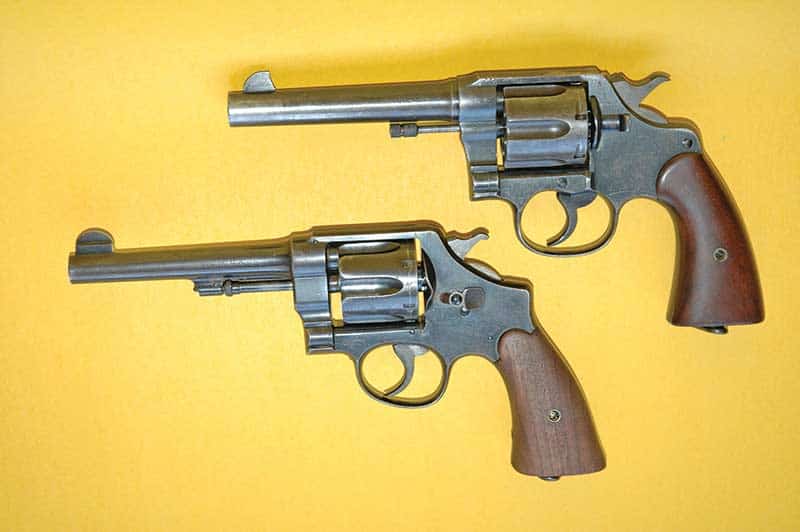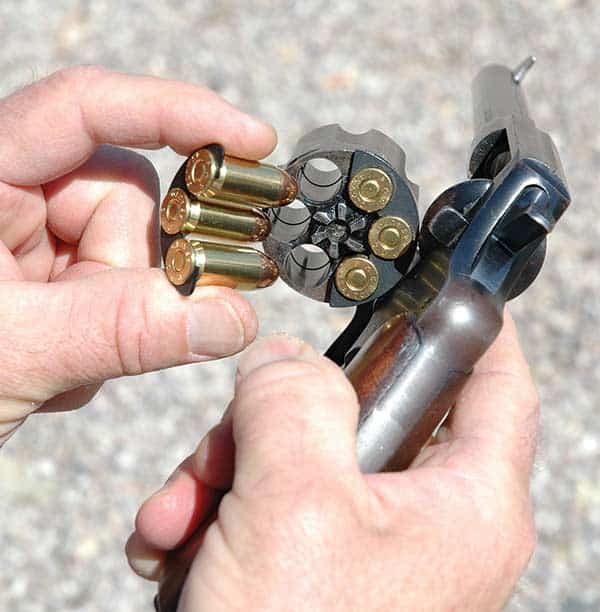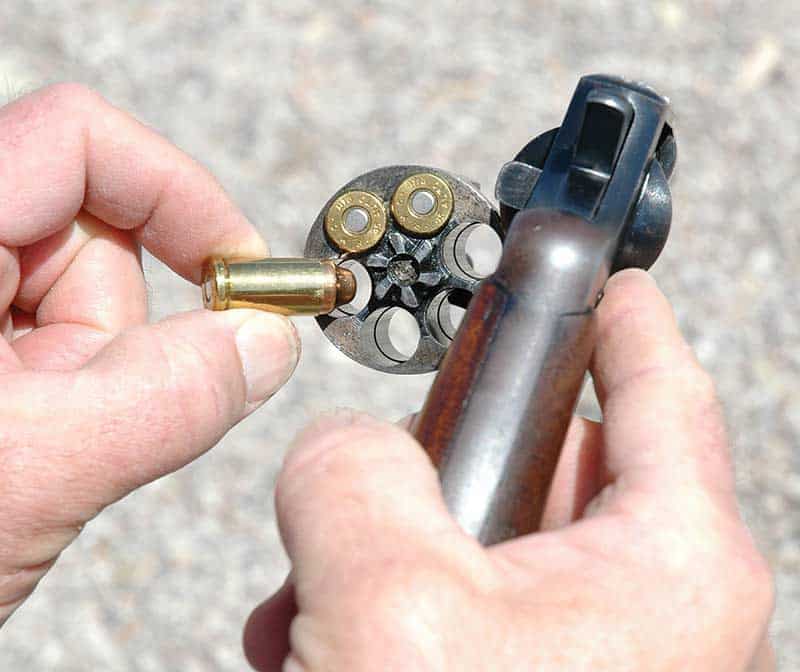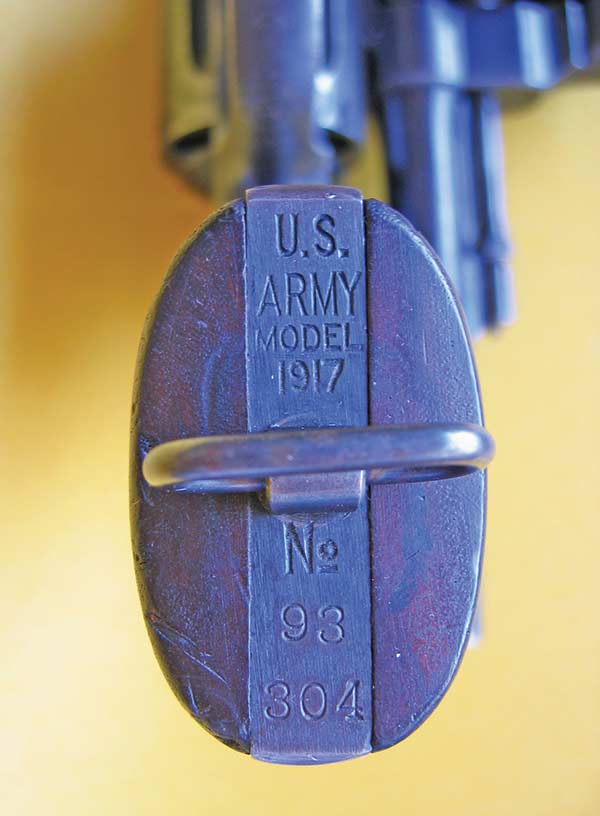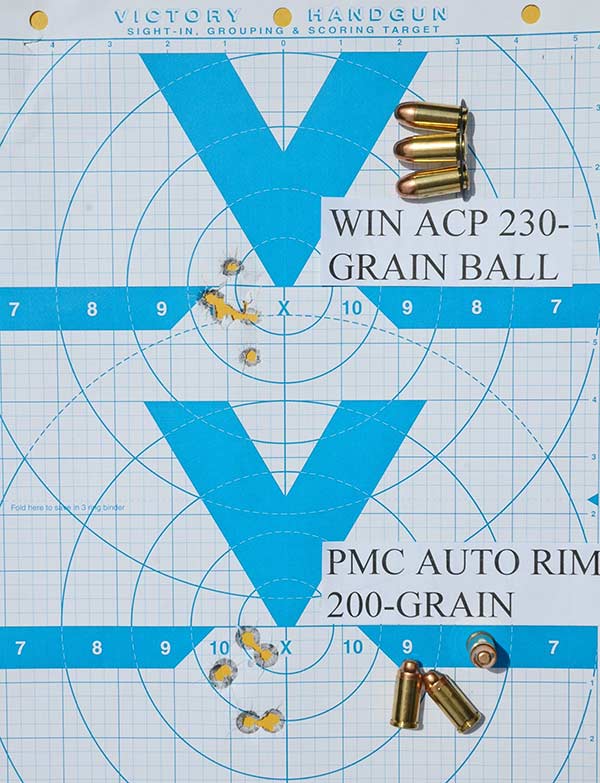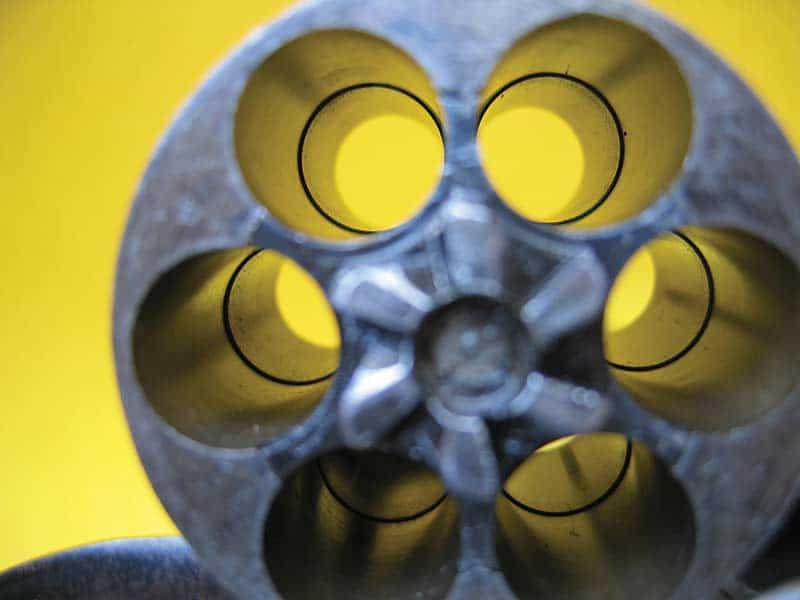The Stop Gap 1917s
WWI caught us short of 1911s.
S&W and Colt knew what to do
The last of the great United States combat revolvers in general use were the Colt and the Smith & Wesson Model 1917s. These large, robust, heavy-framed handguns chambered for the .45 ACP are a great find — not a bargain anymore, mind you — but a very shootable and collectible surplus classic.
WWI era 1917s are fairly common. Colt made approximately 151,700 while S&W produced 153,311, plus another 25,000 for the Brazilian government in 1938 and kept the basic model in its line until 1950 when it was morphed into the Model 1950 Army. The Colt New Service didn’t survive WWII.
Practical Power
My introduction to the 1917s came in the middle of the night on a ranch in Wyoming. It was during the summer, and I, along with the other hired help, slept in a bunkhouse adjacent to the cook shack.
We were settled in and asleep when suddenly the shack erupted with the sounds of crashing pots and pans and cans and china and chairs and tables. By the time we got our boots on and were stumbling out the door in our skivvies, the ranch foreman was already at the scene with a big revolver in his hand. While we looked on with all the racket still pouring forth from the kitchen, he just sidled up to the broken screen door, peered around the corner, took aim and emptied his revolver into the dark kitchen. Everything got very quiet.
The foreman turned around, casually said the bear was dead and we might as well go back to bed and wait for daylight to clean up the mess.
That big revolver turned out to be a surplused 1917 Colt, and I will never forget the powerful impact it had on me that night. It was a revolver I just had to own in time.
Not The First
Actually, the 1917 Colt had predecessors. One was the Model 1909 “New Service” Colt chambered in .45 Colt and issued to the Army, Navy and Marine Corps. The Model 1909 was the second 45-caliber handgun adopted in the 20th century by the armed services, and it was produced right up to 1911 when it was replaced by the .45 Auto. The first was the odd-looking .45 Colt 1902 Philippine model based on the 1878 Colt DA with its ridiculous oversized triggerguard.
Most of the production run of 22,000 1909s were shipped to our troops in the Philippines who were fighting insurgents and Moro tribesmen following the conclusion of the Spanish American War. Unfortunately, the majority of Model 1909s never returned to our shores, so if you find a big Colt with its butt stamped “U.S. Army Model 1909” or a similar mark for the USN or USMC, you are a very lucky collector indeed.
The Colt and the Smith & Wesson 1917s are the products of two converging factors. The first is the United States entered WWI without enough Model 1911s to arm the troops. Fortunately for Uncle Sam, both Colt and S&W were already producing their big frame, New Service and Second Model Hand Ejector revolvers in .455 Webley for the British, who also had a handgun supply problem. With little retooling, 1917s began rolling off the production lines chambered for the .45 ACP.
The .45 ACP cartridge is the second factor. To simplify logistics, the government insisted on a revolver chambered for the rimless .45 ACP cartridge and S&W solved the rimless problem with the invention of the half-moon clip.
The half-moon clip is simply ingenious. It’s a piece stamped out of spring steel retaining three .45 ACP cartridges by clamping in on their extractor grooves. With clips in hand, you can reload a cylinder with just two quick motions. When you need to extract empties, the star extractor kicks those clips and attached empties out with authority. Today, full-moon clips holding six rounds have all but replaced the half moon.
Headspace
All Smith & Wesson and some Colt 1917s are chambered to headspace on the mouth of the .45 ACP case. In an emergency, it is possible to fire .45 ACP ammunition without a clip, but it’s impossible to extract and eject the empties with the star extractor. That step requires a stick, pencil or whatnot to poke them out one-by-one.
After the war, Peters developed the .45 Auto Rim case for the civilian market by simply adding a rim to the rimless .45 ACP case. The advantages of the Auto Rim case are it does away with the need to load half-moon clips, functions perfectly with the star extractor, and you can comfortably carry a pocket full of loose shells.
Markings
The most distinguishing features of the 1917s are the bottom of the squarebutt frames, which carries a lanyard swivel and is clearly stamped “U.S. ARMY MODEL 1917” on one side of the swivel and carries a number like “No 93XXX” on the other side. Plus the underside of the barrels are marked “UNITED STATES PROPERTY.” That butt number, by the way, is not a serial number but a “government” inventory number. Serial numbers are stamped on the frames. The square, walnut grips of both models are smooth.
While both makes sport 51⁄2″ barrels, the Colt barrel is massive compared to the Smith’s, being almost a full 1/10″ bigger at the muzzle and breech. The Colt is heavier, too. On my scale, the Colt weighs 40 ounces and the Smith weighs 36 ounces. Neither revolver incorporates an underlug to protect the ejector rod. The left side of the barrels are marked “COLT D.A. 45” or “S.& W. D.A. 45.”
Both models feature clear, fixed sights. One of the interesting characteristics of the Colt is its striking “shark fin” front sight.
Handling
From a handling point-of-view, the Smith grip is better proportioned to a normal-size hand. The Smith has a smoother and lighter double-action pull than the Colt, and the Smith points better. The Colt seems to point high to me. On the other hand, if I ran out of ammunition and had to use my revolver as a close-quarter bludgeon, give me the big Colt every time.
Both 1917s are very accurate with FMJ ammunition. The target pictured was fired with the 1917 Colt at a combat distance of 7 yards. The old Colt even prefers straight 230-grain ACP ball to PMC’s target-quality auto rim loads.
So keep your eyes out for these great, old, tough warhorses. There are even a few 1938 Brazilian contract Smiths floating around, sporting that country’s beautiful crest on the frame.
Good collecting! Good shooting!
GRAF & SONS
(800) 531-2666
WWW.GRAFS.COM
MIDWAY
(800) 243-3220
WWW.MIDWAYUSA.COM

Get More Revolver Content Every Week!
Sign up for the Wheelgun Wednesday newsletter here:
